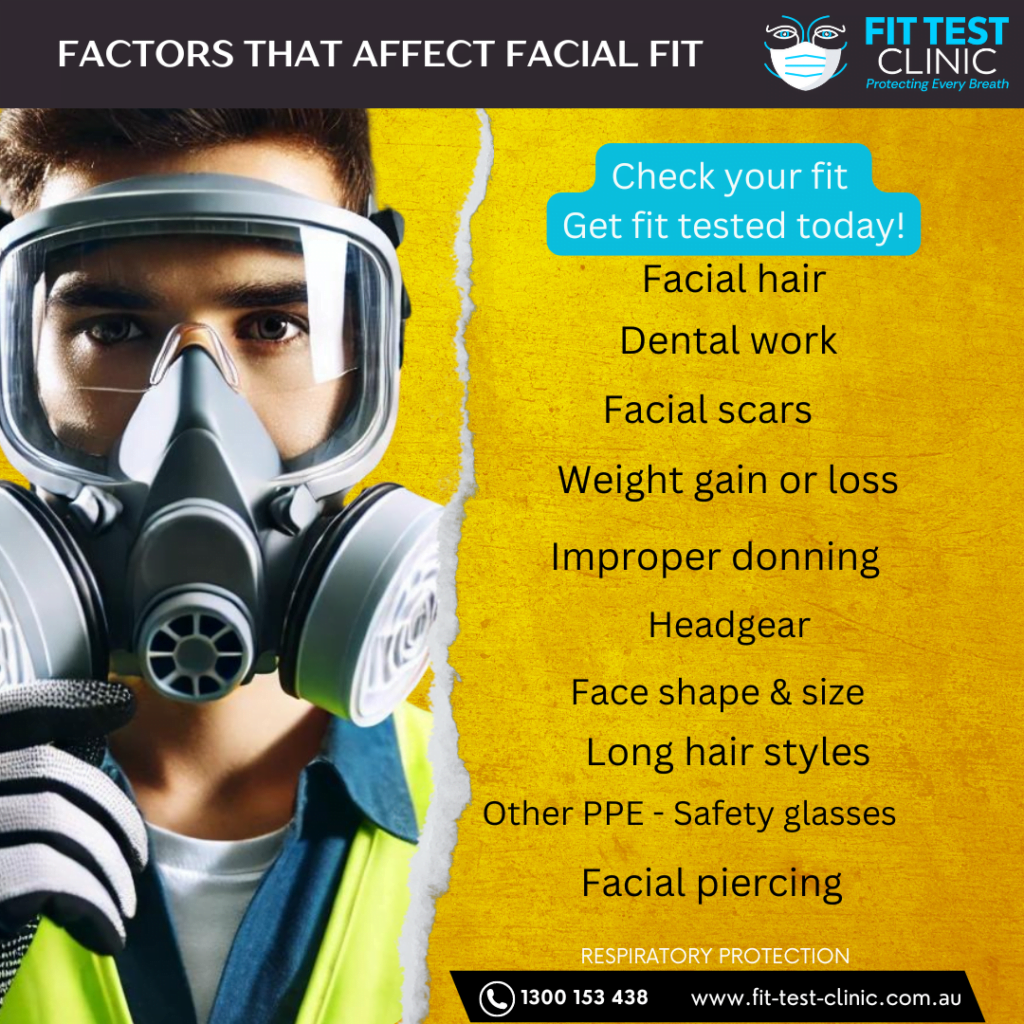How Hazardous Airborne Particles Enter the Body
Understanding the Respiratory System
Airborne particles and contaminants can pose significant health risks, particularly when inhaled into the respiratory system. To protect against these dangers, it’s crucial to understand the anatomy and physiology of the respiratory system, which serves as the primary entry point for these harmful substances. Let’s explore how these particles enter the body, and why proper protective measures, like a well-fitting respirator, are essential.
1. The Nose and Mouth: The Initial Gatekeepers
When we breathe, air enters our body through either the nose or mouth. Each of these entry points plays a critical role in filtering and processing the air:
- Nose: Lined with mucous membranes and fine hairs (called cilia), the nose is equipped to filter out large particles and contaminants. The mucus traps dust and other particles, while the cilia move them toward the throat to be expelled or swallowed. Additionally, the nose humidifies and warms the air, making it easier for the lungs to process.
- Mouth: When we breathe through our mouth, air bypasses the nose’s filtering system, allowing more particles to enter the respiratory system directly.
2. The Trachea: Air’s Main Passage
The trachea, or windpipe, is the next major structure that air passes through after it enters the body. It is a tube-like structure composed of cartilage rings that help keep it open. The trachea also contains mucous membranes and cilia, continuing the process of trapping and clearing out foreign particles. These particles are moved upward toward the pharynx, where they can be expelled by coughing or swallowed into the digestive tract.
3. The Bronchi and Bronchioles: Directing Airflow
As air travels down the trachea, it divides into two main bronchi, each leading to a lung. These bronchi branch off into smaller bronchioles inside the lungs. Lined with smooth muscles and mucous membranes, the bronchioles further regulate airflow by adjusting their diameter. In response to contaminants, the bronchioles can constrict, limiting the amount of air entering the lungs.
4. The Lungs: The Air Filtration and Gas Exchange Hub
The lungs are the primary organs responsible for oxygenating the blood and expelling carbon dioxide. They are divided into lobes and composed of spongy tissue. Within the lungs, bronchioles lead to alveoli, tiny air sacs where gas exchange occurs. These delicate structures are surrounded by capillaries, allowing oxygen from inhaled air to diffuse into the bloodstream and carbon dioxide to diffuse out to be exhaled. However, hazardous airborne particles and contaminants, such as fine dust, smoke, or chemicals, can infiltrate the alveoli, bypassing the body’s initial defenses.
Why Proper Respiratory Protection is Vital
Each component of the respiratory system works in harmony to protect the body from airborne threats. However, small particles like dust, pollutants, or chemicals can bypass these defenses, reaching deep into the lungs, where they can cause irritation, inflammation, or even long-term damage. This is why wearing a properly fitted respirator is critical. A respirator acts as an external barrier, preventing harmful contaminants from entering the nose and mouth in the first place. It ensures that all entry points are securely covered and sealed, significantly reducing the risk of hazardous particles reaching the lungs.
By understanding the anatomy and physiology of the respiratory system, we gain insight into how airborne contaminants enter our bodies—and why taking proactive steps to prevent exposure is essential for protecting our health.
Need staff training on Respiratory Protection? Visit our consultancy or course pages today!
Illustration 1 – Blaus, B. (2017) File:respiratory system (illustration).png, Respiratory System Illustration. Available at: https://commons.wikimedia.org/w/index.php?curid=61404525 (Accessed: 27 March 2024).


